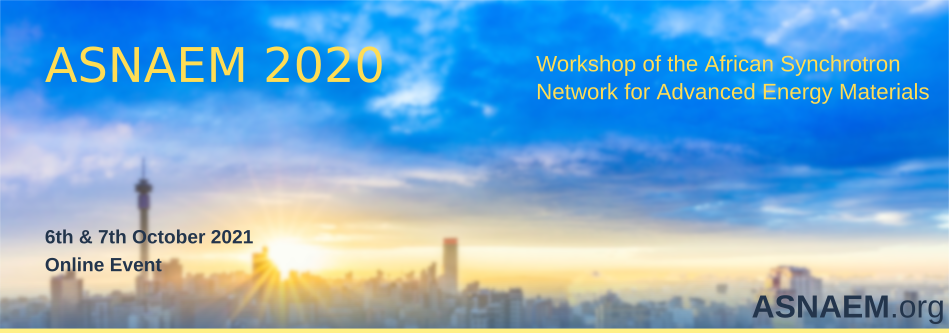Speaker
Description
Solid Oxide Fuel Cells (SOFCs) and Solid Oxide Electrolyser Cells (SOECs) are exciting electrochemical devices that provide unique and revolutionary solutions to some of the renewable energy challenges facing society. The architype materials used as solid electrolyte in most devices include YSZ (Yttrium stabilised Zirconia) and CaSZ (Calcium stabilised Zirconia) with the Y or Ca dopants present at around 8 to 10% level. As the performance characteristics of these materials are not completely satisfactory, there is a definite need for improved alternatives. Particularly Doped Cerate and Bismuthate are being investigated as alternatives. Although it is well established that most conducting phase of these is cubic with average structure features consistent with the Flourite structure, there have been only a few no reports of studies into the nano-structure or local structures of these materials The nuanced structural details of these materials are thus not yet clear, and certainly play a significant role in the important properties of the materials. Within this context our research has focused on gaining a fundamental understanding of the mechanisms governing the transport properties of these and closely related materials such as δ-Bi2O3 which has the highest reported oxides ionic conductivity for the (BiO1.5)0.88(DyO1.5)0.08(WO3)0.04 case [1], as well as the role of the various doped variants in these structure-property relationships. Typically the cubic forms of these materials exhibit higher oxygen ionic conductivity due to the presence of vacant anionic sites, and exists only at elevated temperatures. In most cases doping results in only a meta-stable cubic phase that slowly transitions to a less conducting phase. From a collection of almost 400 distinct chemical compositions we have learnt that the nature, number and concentration of the dopents used, all affect the conductivity and stability of the desired phase in a complicated manner.
I will present a selection of our results to date. Including our PDF & PXRD analysis of the scattering data we measured at ID-22 at the ESRF, as well as at 28-ID-1 at NSLS-II. Variations in the respective thermoresponsive behaviours clearly shows structural variations when comparing the structure as perceived on the nano-scale with the bulk average structure.
[1] N. Jiang et al, “A higher conductivity Bi2O3-based electrolyte”, Solid State Ionics 150 (2002) 347– 353

